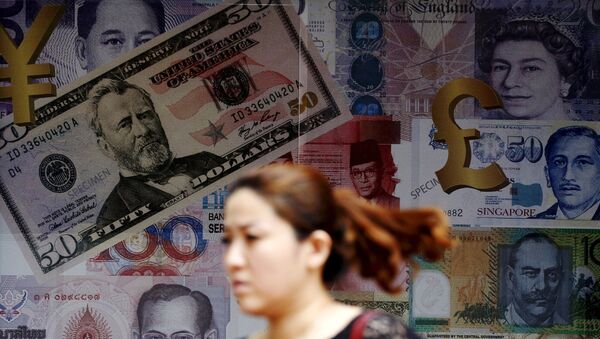Aside from volatile stocks, other assets were also badly affected by the global adjustment to the 'new mediocrity' of growth.
Crude oil posted its worst quarter since 2009, with price fluctuations discouraging investors even more than late last year. Mainland China’s markets are slowly recovering from the massive losses, while gold prices posted their fifth consecutive quarter of losses.
Investors are currently exiting the riskier emerging markets, plagued by a series of currency devaluations, a decline in commodity prices and stock market volatility. However, amidst the upbeat growth data in the US and the Eurozone, there is more optimism in the emerging markets as well as faster growth promises greater demand for commodities and primary processing manufactured goods. All markets are in the green, while the outlook, albeit fragile, is optimistic now than anytime during the past year and a half.
According to Bank of America, market risk in the third quarter was at its highest since 2011. However, a relief rally has started across the globe, with hopes based on intensified US-Chinese economic cooperation, several multilateral trade agreements and an easing in political tensions contributing to a better international outlook.
MSCI’s global measure of stock markets rose 0.9% in London on Wednesday, trimming the quarterly decline to 11%.
Emerging market currencies, suffering the consequences of their devaluations, are now following the patterns set in the commodities market. Whilst copper, the main industrial metal, rebounded somewhat, so did developing nations’ currencies. However, all types of third world assets are on a downward trend right now, unless the developments in the advanced nations provide a more sustainable demand for commodities and high-yielding riskier financial assets.
After the spectacular crash of Glencore, one of the biggest commodity producers and traders, raw materials are recovering somewhat. The market was cheap after a string of alarming signals, and this low base effect is driving the partial recovery.
In the advanced nations, the situation is still complicated. Q3 earnings are poised to be a disappointment in the US as the dollar’s strength weighs on overseas profits. The Eurozone and Japan are struggling with disinflation amidst threats of financial bubbles. Meanwhile, financial assets in all three remain rather expensive and above multi-year market averages, thus suggesting a rocky fourth quarter as well.





